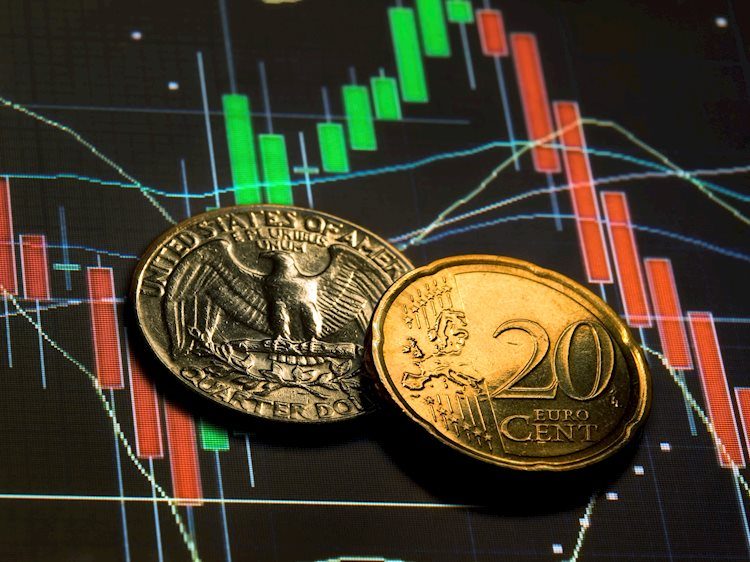EUR/USD continues to hold onto gains in a tight range above the 1.0800 level due to various factors influencing the market. Federal Reserve (Fed) Chairman Jerome Powell’s cautious remarks on the US labor market have pushed the US Dollar on the backfoot, which has contributed to the Euro’s rise. Additionally, the Euro has gained momentum after the defeat of the far-right National Rally in the French elections, easing fears of a widening French financial crisis.
The currency pair has turned sideways around 1.0800 as investors await the release of the US Consumer Price Index (CPI) data for June later this week. Economists are expecting steady growth in core inflation on both a monthly and annual basis, which will provide clues about the potential direction of interest rates in the upcoming Fed meetings. Powell’s comments about the US economic strength and the need for significant confidence in inflation returning to the desired rate of 2% have also influenced market sentiment.
In the aftermath of the French elections, the Euro has seen a boost as uncertainty about fiscal adjustments and the distribution of ministries remain high in France. The far-right’s failure to secure an outright majority has lessened fears of a financial crisis in the country, leading to a positive outlook for the Euro. On the policy front, the European Central Bank (ECB) has refrained from committing to a pre-defined rate-cut path, further supporting the Euro’s upward momentum.
From a technical analysis perspective, EUR/USD is holding key Exponential Moving Averages (EMAs) above the 1.0800 level, indicating a strong trend for the shared currency pair. A Symmetrical Triangle formation on the daily timeframe suggests low volume and narrow ticks, while the RSI reaches a level of 60.00. Investors are closely watching for a break above this level to signal continued bullish momentum for the currency pair.
The European Central Bank (ECB) plays a crucial role in managing monetary policy for the Eurozone with a primary mandate of maintaining price stability. The Governing Council makes decisions on interest rates and other policy measures to achieve this objective. In extreme situations, the ECB can undertake Quantitative Easing (QE) to stimulate the economy by purchasing assets, leading to a weaker Euro. Conversely, Quantitative Tightening (QT) is a policy tool used during economic recoveries to reduce the amount of assets being purchased, which can be positive or bullish for the Euro.
In conclusion, EUR/USD continues to hold onto gains above 1.0800 amidst various tailwinds influencing the market. Powell’s remarks on the US labor market, the outcome of the French elections, and ECB’s policy stance are all contributing to the Euro’s strength. Investors are eagerly awaiting the US CPI data for June for further guidance on the potential direction of interest rates, which will likely impact the currency pair’s movement in the coming days.











